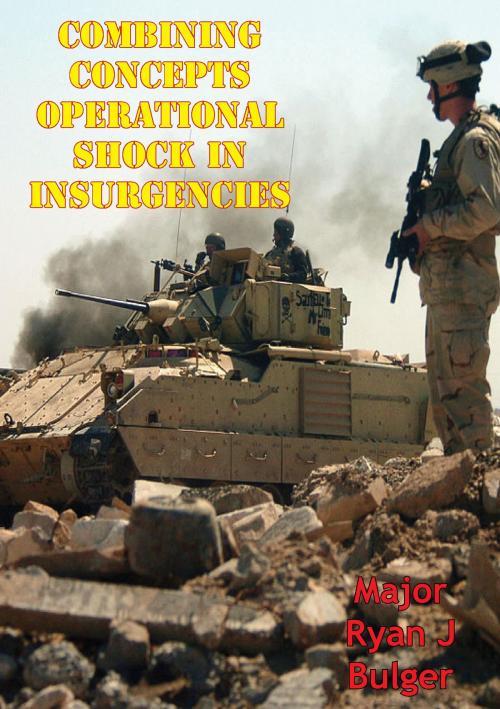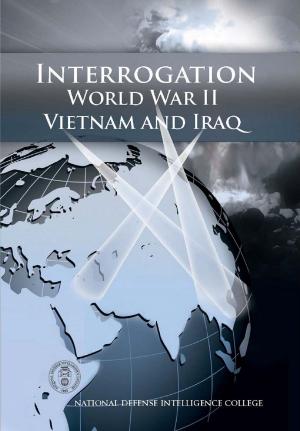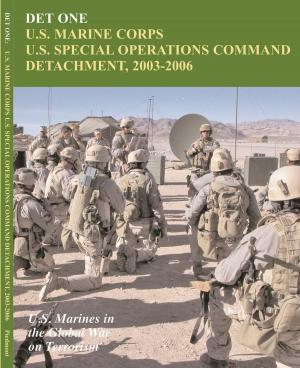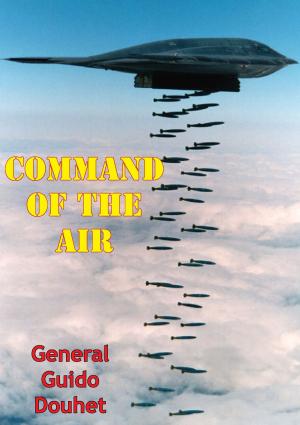Combining Concepts: Operational Shock In Insurgencies
Nonfiction, History, Middle East, Persian Gulf War, Military| Author: | Major Ryan J. Bulger | ISBN: | 9781782899693 |
| Publisher: | Tannenberg Publishing | Publication: | November 6, 2015 |
| Imprint: | Tannenberg Publishing | Language: | English |
| Author: | Major Ryan J. Bulger |
| ISBN: | 9781782899693 |
| Publisher: | Tannenberg Publishing |
| Publication: | November 6, 2015 |
| Imprint: | Tannenberg Publishing |
| Language: | English |
The focus of this work is to ascertain whether the concept of operational shock, which has served as the intellectual underpinning of the US Army’s doctrine over the past thirty years, can be used to guide an operational approach in a counterinsurgency campaign. The concept of operational shock sits at the foundation of much of United States Army’s operational doctrine. The American way of war now focuses not on the destruction of an enemy’s equipment and personnel, but on degrading and disrupting his ability to continue to fight.
Much of counterinsurgency doctrine and theory does not fit this operational logic. The previous decade of war has led to a renewed debate both in public and inside the national security apparatus of the United States. With the publication of Field Manual 3-24: Counterinsurgency, the United States produced its first doctrine dedicated to countering insurgency in over twenty years. The logic within FM 3-24 dictates that if the counterinsurgent can dissolve the conditions that enabled the existence of the insurgency, the governmental forces can change the logic of the population.
The focus of this work is to ascertain whether the concept of operational shock, which has served as the intellectual underpinning of the US Army’s doctrine over the past thirty years, can be used to guide an operational approach in a counterinsurgency campaign. The concept of operational shock sits at the foundation of much of United States Army’s operational doctrine. The American way of war now focuses not on the destruction of an enemy’s equipment and personnel, but on degrading and disrupting his ability to continue to fight.
Much of counterinsurgency doctrine and theory does not fit this operational logic. The previous decade of war has led to a renewed debate both in public and inside the national security apparatus of the United States. With the publication of Field Manual 3-24: Counterinsurgency, the United States produced its first doctrine dedicated to countering insurgency in over twenty years. The logic within FM 3-24 dictates that if the counterinsurgent can dissolve the conditions that enabled the existence of the insurgency, the governmental forces can change the logic of the population.














![Cover of the book Strategy For Defeat: The Luftwaffe, 1933-1945 [Illustrated Edition] by Major Ryan J. Bulger](https://www.kuoky.com/images/2015/november/300x300/9781786257703-egzS_300x.jpg)
